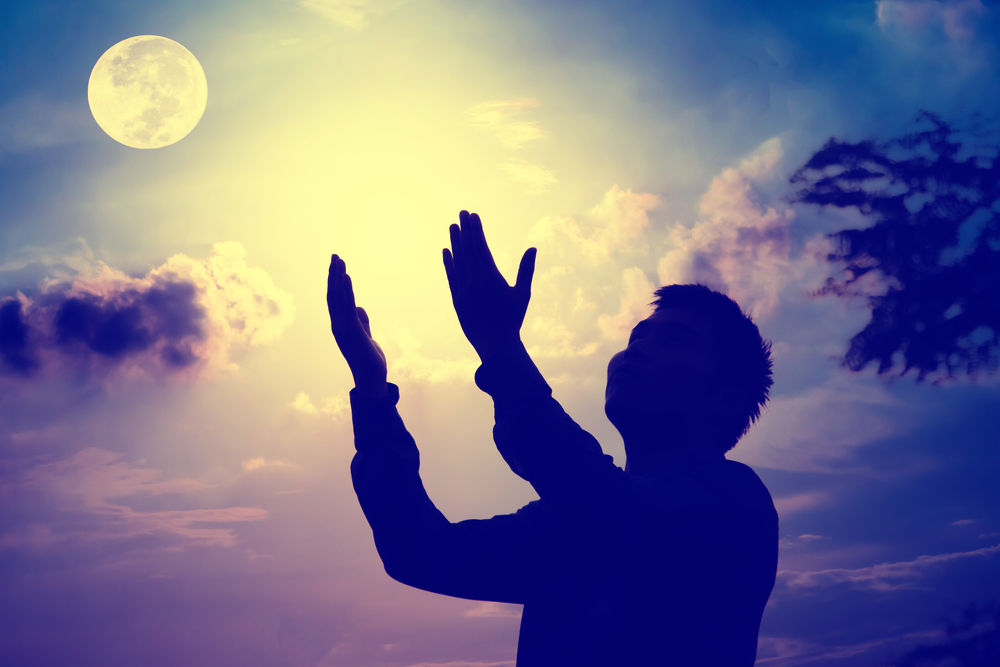
In many cultures, the moon has a distinctively feminine connotation. Menstrual and lunar cycles are linked in much of our collective unconsciousness. Even one of its appellations (“Luna”) is the name of the Roman moon goddess. Yet you may be surprised to learn that these views aren’t universal. Male moon gods exist in many cultures across the world, with histories equally as complex as their female counterparts.
How Many Moon Gods? More Than You’d Think
Compiling an exhaustive list of male moon deities would take quite a bit of work. We have written records, artwork, and some oral traditions to guide us. Language can also provide more clues. Linguists have deconstructed portions of Proto-Indo-European, which itself is the distant root of modern languages spoken throughout Europe, South Asia, and the Middle East.
Scholars aren’t certain about the exact origins of the Neolithic people who spoke it, but they’ve decoded some root words. One of these could be the name of a male moon deity, represented as “*Meh1not” in the reconstructed Proto-Indo-European language. Linguists have noticed links between it and the names of other moon gods such as the Lithuanian Mėnuo and the Norse Máni.
Mēn: The Moon God of Asia Minor
Picture a robed man with a crescent moon behind his shoulders, wearing a cap with a curved up tip and riding on horseback. That’s a simplified image of Mēn, a moon god probably first worshiped about 3,000 years ago in what is now modern-day Turkey.
Not much is known about him, but his religious icons provide a few interesting clues. Atlantic Religion points out that his religious imagery may have been combined with that of Mithras and the Thracian sky god Sabazios when his worship spread to ancient Rome.
Nanna: A Wise Sumerian Deity
Fascinating as Mēn may be, the Sumerian god Nanna predates him by at least two millennia. The Ancient History Encyclopedia says that he’s one of the oldest Mesopotamian gods and the father of several major deities: the sun god Shamash, the fertility goddess Inanna, the storm god Ishkur, and Ereshkigal, queen of the underworld. Writer Joshua J. Mark comments that Nanna begetting Shamash wouldn’t have seemed unusual in Sumerian society because their hunter-gatherer ancestors used the moon more than the sun for traveling and telling time.
Nanna was also known as Enzu, the lord of wisdom, for the many roles he played: holder of secrets, keeper of time, and protector of humanity. Alongside his daughter Ereshkigal, he passed judgment on the dead. Nanna’s iconic portrayals included bulls and crescent moons lying on their sides. The Encyclopedia Britannica mentions a connection between the crescent moon and bulls’ horns. One of his chief blessings was fertility for cattle herds and improved milk yields.
Chandra: The Hindu Moon God
Chandra is mentioned in the Rig Veda, the Vishnu Purana, and many stories. Wiktionary mentions that his name comes from older words that mean “shining” or “glittering,” but he’s also called Soma, the name of an intoxicating ritualistic drink consumed by both deities and humans. The Vishnu Purana states that he receives nectar from the Sun, then distributes it to gods, people, plants, and animals.
A beautiful and youthful deity, Chandra is depicted with either copper or pale skin while holding both a club and a lotus. Blogger Soma Ghosh adds that he’s shown riding a chariot pulled by an antelope or 10 white horses. His chariot traverses the sky each night, festooned by a bright red banner.
Men in the Moon
As a storytelling species, humans have anthropomorphized everything from animals to forces of nature. Even our sun and moon have been transformed into formidable beings with life-giving power. Moon deities often reflect a sacred feminine principle, but male gods can join them in the ranks of hallowed light-bringers all over the world.

